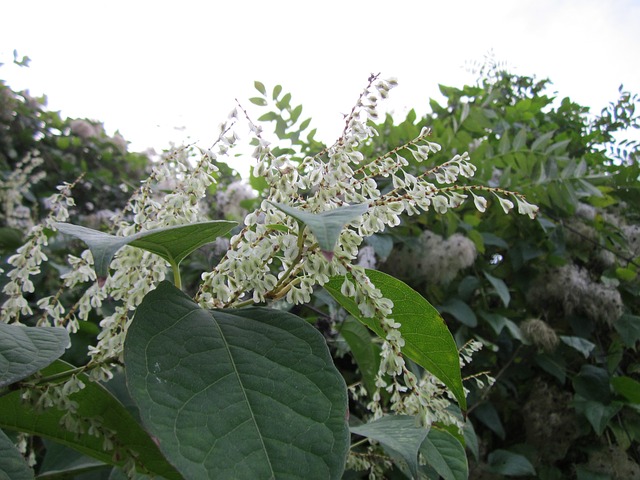
Japanese knotweed can be found all over the UK. Many British homeowners have had problems with this invasive plant species, but it is also abundant in the wild - on roadsides and near railway lines, for example.
What is Japanese Knotweed?
Ecologists are already employing all sorts of different tactics to get the UK's Japanese knotweed problem under control (perhaps you remember our recent blog post about the sniffer dogs who'd been trained for this purpose). But it's hard to defeat an enemy whose location is unclear, and one big hurdle in the fight against Japanese knotweed is the fact we don't know exactly how widespread the plant is.
But that's an issue that artificial intelligence may help us to overcome. The UK Centre for Ecology & Hydrology (UKCEH) is currently working with Birmingham-based machine learning specialists Keen AI to develop a means of surveying large areas and identifying invasive species with greater efficiency than is currently possible.
How it Works
This project is currently in the pilot stage. It is being tested in North Wales and the Midlands - here's a simplified summary of how it works:
- A high-speed camera is placed on a car
- As the car drives around, the camera takes pictures of the local roadsides
- Each image is tagged with a GPS location and analysed by UKCEH ecologists
- The ecologists identify Japanese knotweed and other invasive species in the photos
- This data is then used to teach an artificial intelligence to analyse the photos on its own
If the AI can be successfully taught to identify Japanese knotweed in photos of roadside vegetation, this could massively accelerate efforts to control the plant in this country.
For now, though, any Japanese knotweed on your land will have to be identified the old-fashioned way. See our Japanese Knotweed Identification guide and call Taylor Total Weed Control on 029 2039 7554 if you need help dealing with this invasive plant species.
Request a Japanese Knotweed Survey
Photo from Pixabay
